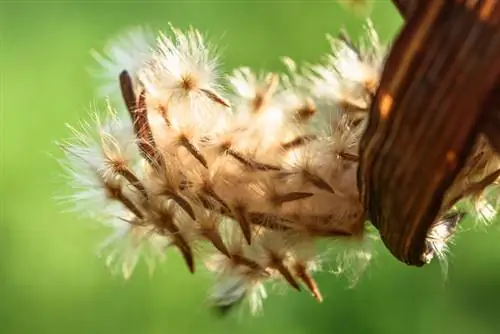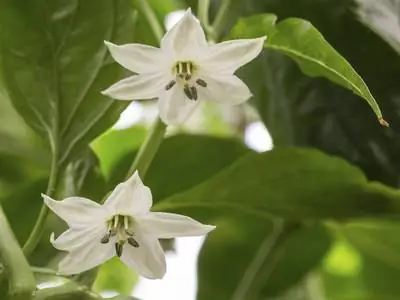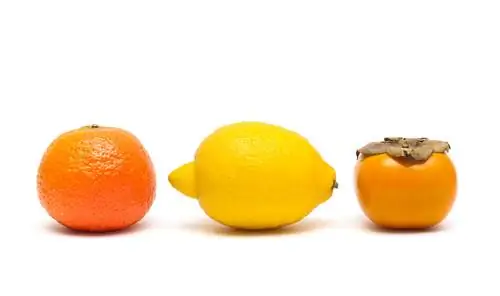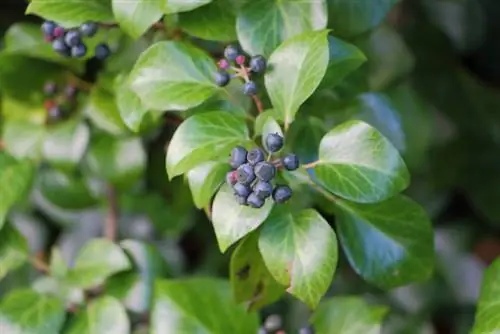- Author admin [email protected].
- Public 2023-12-16 16:46.
- Last modified 2025-01-23 11:20.
The oleander blooms tirelessly from June to September - provided, of course, that it is sufficiently fertilized and watered. When the weather is right - i.e. in very warm and sunny summers - the shrub often produces follicles up to ten centimeters long.

What should you know about oleander fruits?
Oleander produces long, narrow fruits from June to September that turn brown when ripe. Fruiting robs the plant of energy that is needed to produce flowers. It is possible to propagate oleander from self-collected seeds, but the fruits are highly poisonous and can cause symptoms of poisoning.
Fruit formation robs the plant of strength
These fruits are quite long, narrow and turn brown when ripe. If they have been able to mature, they contain numerous seeds. However, the formation of the plant's fruits requires a lot of energy, which in turn is not available for the formation of flowers. For this reason, you should think carefully about whether you remove the fruit bases in good time - and thus encourage the oleander to continue blooming - or actually leave the fruits on the bush and hope that you can harvest the seeds.
Propagate oleander from self-collected seeds
Oleander can be propagated very well from seeds you have collected yourself. To do this, plant the seeds on nutrient-poor potting soil (€6.00 on Amazon) and keep the substrate evenly moist. Oleander is a light germinator, which is why the seeds should not be covered with soil. Instead, a transparent cover is placed over the planter, as high humidity increases germination. However, stratification is not necessary. The first delicate green tips of the new oleander plants can be seen after about four weeks. As soon as the plant is large enough - i.e. at least ten centimeters high - pot it in a container with nutrient-rich oleander soil, i.e. H. a mixture of potting soil, clay-containing garden soil and some sand.
Caution: Fruits are highly poisonous
Always be careful when handling oleander and wear gloves: the fruits are just as poisonous as all other parts of the plant. Serious symptoms of poisoning are possible even through skin contact, for example if the plant sap gets into open wounds or onto the mucous membranes and thus into the bloodstream. Also, do not consume the fruits or seeds of the oleander!
Tip
If you have pets or small children, it is better to avoid oleander: cats, for example, like to nibble on the leaves, although simply sharpening their claws on the oleander trunk can have dramatic consequences.






